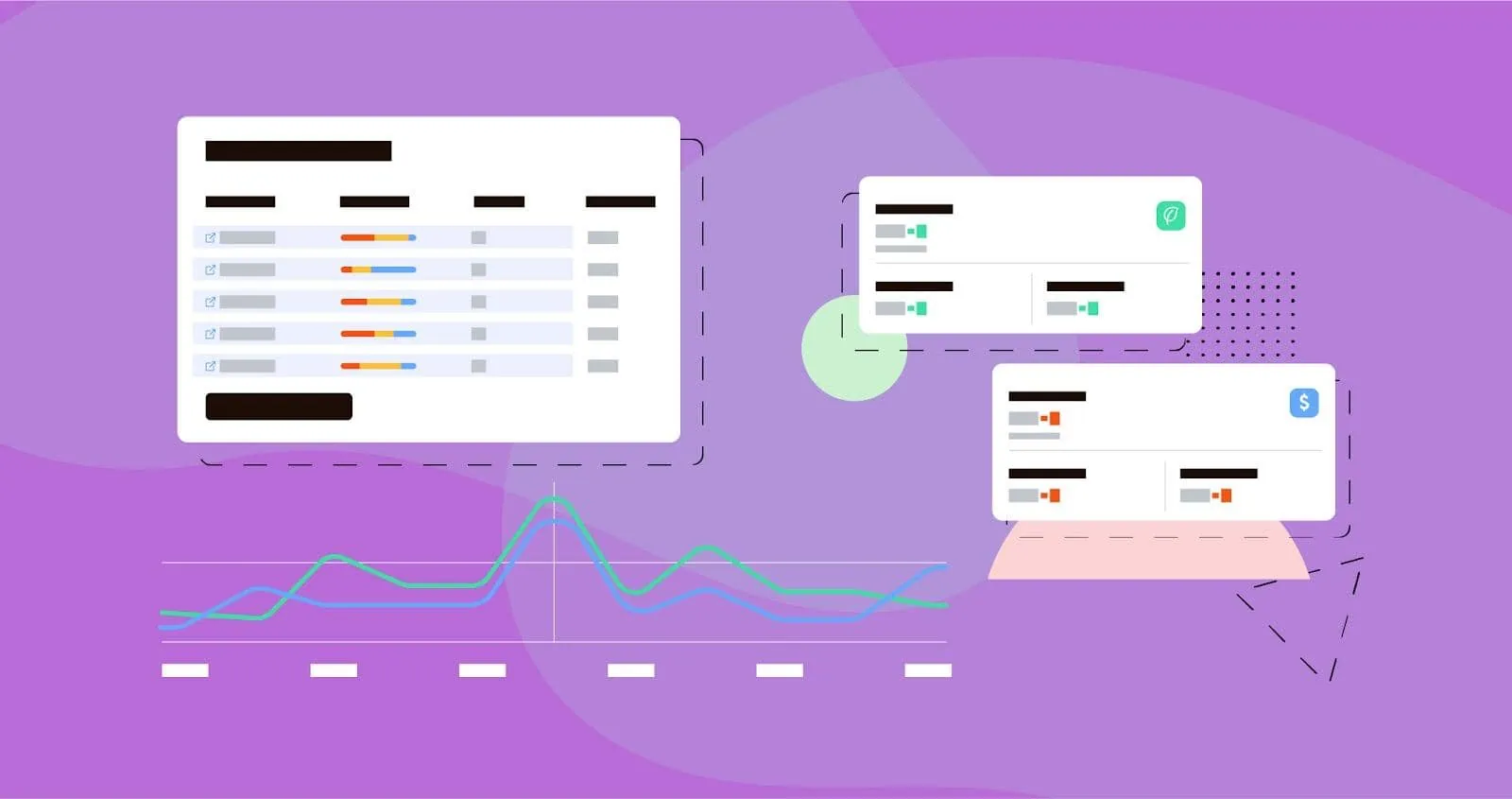Introduction
Backlinks serve as critical indicators of a website's authority and relevance. However, not all backlinks contribute positively to a website’s SEO performance; some can prove detrimental. This underscores the importance of backlink monitoring—an often overlooked aspect of SEO that can dictate a site's ranking and online visibility.
Fundamentals of Backlink Monitoring
Importance and Basic Functions
Backlink monitoring is the process of reviewing and analyzing the backlinks pointing to your website to ensure they are helping rather than hindering your SEO efforts. This practice helps in identifying potentially harmful links, assessing the quality of each backlink, and understanding the overall impact of your backlink profile on your search engine rankings. Effective backlink monitoring involves the use of tools that can track link quantity and quality, alert users to new backlinks, provide risk assessments for toxic links, offer competitive benchmarking, and facilitate easy reporting.
Tools and Features for Effective Monitoring
Utilizing the right tools is essential for effective backlink monitoring. Features such as real-time alerts, comprehensive link analysis, automated risk assessment, integration with ranktrackers, and historical tracking enable businesses to keep a close watch on their backlink profiles. These tools help not only in monitoring but also in strategizing responses to potential risks, such as requesting removal of harmful links or disavowing them through Google’s toolset. Key features should include detailed analytics on link value, anchor text usage, link growth patterns, and competitor backlink profiles.
Enhancing SEO Performance
Impact on Rankings
Backlink monitoring directly influences SEO performance by ensuring that only quality backlinks are associated with your website. High-quality backlinks from reputable sources enhance your site’s authority, which is a significant factor in search engine algorithms. Regular monitoring allows for the optimization of your backlink strategy, ensuring that your links are contributing positively to your rankings. Features of monitoring tools that aid in this include the ability to sort links by domain authority, track the status of each link, and identify link relevancy to your content.
Preventing Penalties
An integral aspect of backlink monitoring is its role in preventing penalties from search engines, which can severely affect your site's visibility and ranking. Search engines like Google penalize sites with manipulative or unnatural backlinks. Regular backlink audits and monitoring can detect such links and allow site owners to take corrective actions, such as disavowing harmful links. Monitoring tools should provide automated alerts for potentially risky links, highlight sudden surges in backlink numbers, and offer easy navigation for submitting disavow files to search engines.
Competitive Edge
Benchmarking Against Competitors
Understanding your competitive landscape is crucial, and backlink monitoring can provide insights into your competitors’ SEO strategies. By analyzing the backlink profiles of your competitors, you can identify their high-authority links and potentially replicate their strategies. Tools designed for competitor analysis should feature competitor link profiling, alerts on new backlinks acquired by competitors, comparative metrics, and the ability to identify common backlinks among industry leaders.
Leveraging Insights for Strategy Development
The insights gained from monitoring not only the quantity but the quality of backlinks of both your site and your competitors can guide strategic decision-making in your SEO and content marketing strategies. By understanding where your competitors are getting their links and how those links are impacting their rankings, you can refine your own link-building approach. Key tool features include strategic recommendations based on competitive analysis, tracking of shared backlinks, and the identification of industry-wide link-building trends.
Managing Link Decay
Understanding Link Decay and Its Impact
Link decay refers to the process where backlinks become non-functional over time due to various reasons such as website closures, page removals, or URL changes. This decay can negatively impact your SEO as the number of active, quality backlinks decreases. Monitoring your backlink profile helps in identifying and addressing link decay promptly. Tools should ideally provide features that alert users to lost links, track link longevity, and assess the historical stability of backlink sources.
Strategies to Counteract Link Decay
To mitigate the effects of link decay, it's important to continuously engage in building new, high-quality backlinks and re-establishing links that have decayed. Backlink monitoring tools play a crucial role by not only identifying decay but also by helping users to reconnect with webmasters to restore lost links or to find new link opportunities.
Conclusion
Backlink monitoring is an indispensable component of modern SEO strategy, serving as both a defensive mechanism against potential threats and a proactive tool to enhance your site’s credibility and ranking. By utilizing comprehensive monitoring tools that offer detailed analytics, risk management, competitive insights, and seamless integration with other SEO tools, businesses can not only protect but also significantly improve their online presence. In an ever-evolving digital landscape, staying vigilant in your backlink monitoring practices ensures that your SEO efforts lead to sustained success and a robust online footprint.
